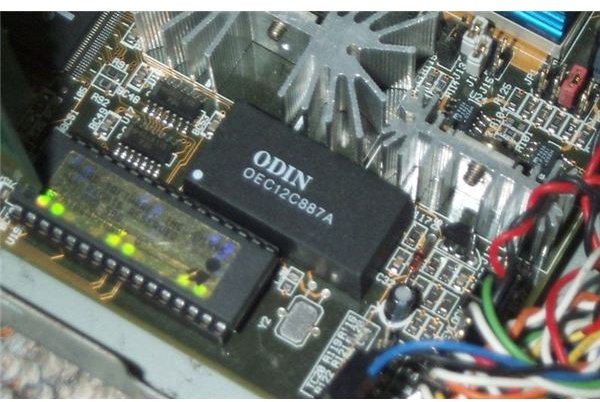Motherboard Viruses: A Persistent Myth
Myth and Reality
The persistent rumor of the motherboard virus is that it can infect your motherboard’s BIOS, executing on boot before your operating system can load and stealthily hiding from your antivirus software. This is a myth. Computer viruses cannot execute from your motherboard’s BIOS. The concept of a type of virus that hides from your higher level software is legitimate, however. This is a real type of malicious software called a rootkit. There are also boot sector viruses, which hide in your hard disk’s MBR. Of course, these infect your hard drive and not your motherboard.
Yet, although viruses cannot hide in and execute from your motherboard’s BIOS, they can interfere with your motherboard’s software, which is its CMOS and BIOS.
CMOS Tampering
Viruses, like other software running on your computer, can write to your motherboard’s CMOS RAM. This is memory used for storing BIOS settings. For example, what devices your computer should try to boot from first, or low level settings made to RAM and CPU timings.
Viruses can change or corrupt your CMOS settings. Viruses can even write parts of themselves to your CMOS and read it back. However, a virus cannot hide in and execute from this RAM. Even if a virus stores information for itself in your motherboard’s CMOS, it can’t load itself from there. The virus would have to execute in Windows and, as already running code, open the CMOS and read information back. Thus, a virus cannot ‘infect’ your CMOS, although it can tamper with it.
BIOS Corruption
Viruses also have the potential to corrupt or erase your motherboard’s BIOS. The BIOS contains the code that boots up the computer and initializes the hardware before handing off to your operating system (for example, Windows) to finish booting your computer. The W95.CIH virus corrupted many motherboard’s BIOSes, rendering them unbootable. Of course, this virus did not infect the motherboard and is not a ‘motherboard virus’. The virus merely hampered the motherboard’s software.
Image Credit: Wikimedia Commons/Codeczero
Troubleshooting Help
If you thought you might have a motherboard virus causing problems, there may be another problem. If you think you have virus problems, you may have a boot sector virus or rootkit. These are low level viruses which hide from your operating system. Try booting with a linux rescue disc and scanning your windows drive for viruses. These viruses won’t be able to hide as they won’t load with the operating system.
If you have hardware problems with your motherboard, and your system isn’t booting, try clearing your CMOS. A corrupted CMOS may make your system not boot properly.
Your motherboard may also be damaged or defective. Learn how to tell. Unfortunately, in the unlikely event that a virus did erase your motherboard’s BIOS, you may have to get the BIOS chip replaced.
